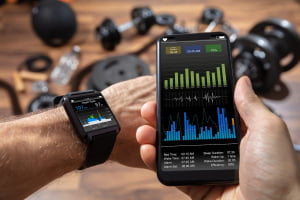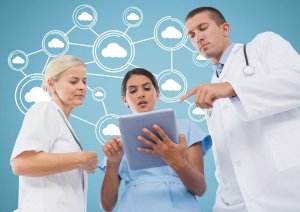 With lockdown restrictions being rolled out around the world, many patients were left having to make difficult choices about how to continue with their various treatments.
With lockdown restrictions being rolled out around the world, many patients were left having to make difficult choices about how to continue with their various treatments.
Cimar – medical imaging reimagined
+44 (0) 20 3904 0330 | info@cimar.co.uk
Connect with us:
© Copyright Cimar UK Ltd 2024
 Some 20,000 deaths each year could be prevented through greater adoption of telemedicine and technology, helping save the NHS billions of pounds.
Some 20,000 deaths each year could be prevented through greater adoption of telemedicine and technology, helping save the NHS billions of pounds.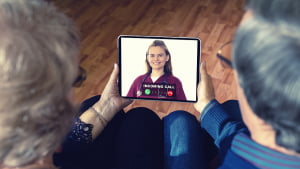 The pandemic has had an impact on all aspects of life and many changes are expected to be seen over the coming months and years as a result of the coronavirus crisis.
The pandemic has had an impact on all aspects of life and many changes are expected to be seen over the coming months and years as a result of the coronavirus crisis. The use of digital technology across NHS Wales has accelerated over the last couple of months as a result of the pandemic, as healthcare providers work to ensure that people are still able to access advice and services from their homes.
The use of digital technology across NHS Wales has accelerated over the last couple of months as a result of the pandemic, as healthcare providers work to ensure that people are still able to access advice and services from their homes.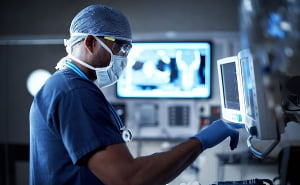
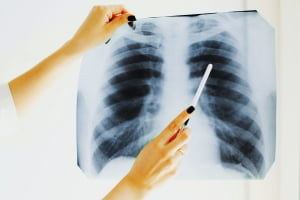 Medical professionals and epidemiologists are constantly learning new things about COVID-19 and better understanding the virus behind the global pandemic. An article for
Medical professionals and epidemiologists are constantly learning new things about COVID-19 and better understanding the virus behind the global pandemic. An article for 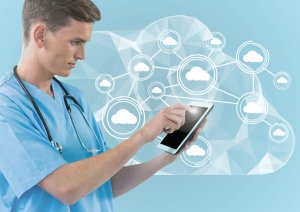 Picture archiving and communications systems (PACS) help clinicians to make the best possible decisions for patients by giving them quick access to high-quality images.
Picture archiving and communications systems (PACS) help clinicians to make the best possible decisions for patients by giving them quick access to high-quality images. Optical imaging is used extensively within many biomedical applications, however, it poses a challenge when imaging tissues at the centimetre depth with optic only systems.
Optical imaging is used extensively within many biomedical applications, however, it poses a challenge when imaging tissues at the centimetre depth with optic only systems.
